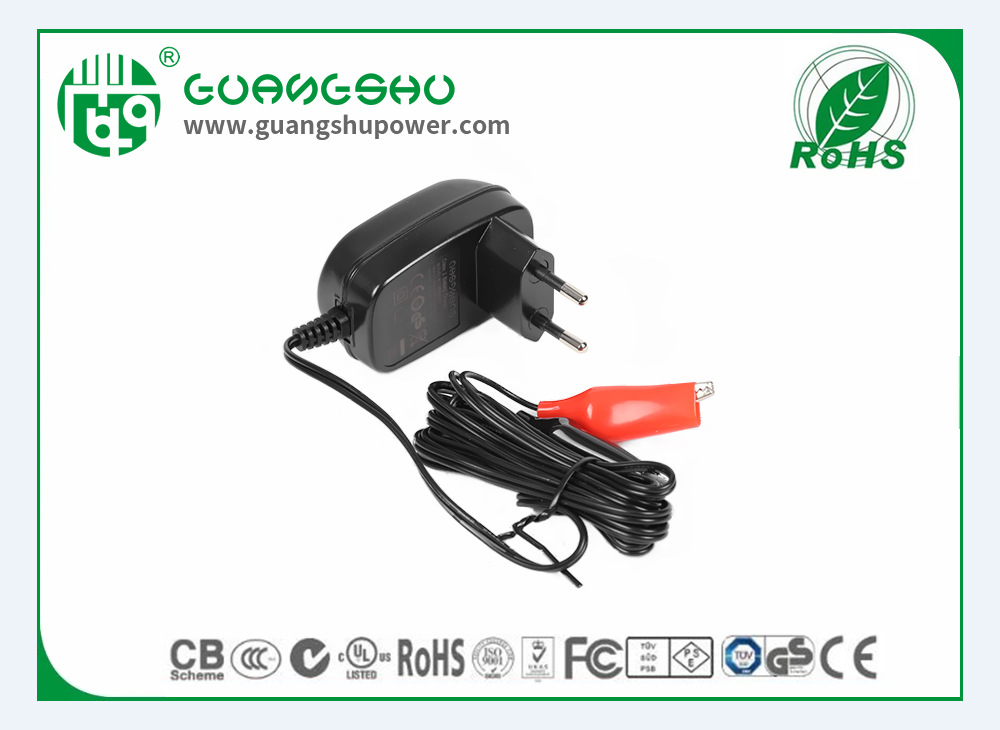Time:2025-06-04 Views:0

Car cameras, also known as dash cams, have gained increasing popularity in recent years due to their ability to record driving incidents, provide evidence in case of accidents, and enhance overall driving safety. To function continuously, these cameras rely on a reliable power source, and car chargers are the go - to solution for powering them.
The connection process between a car charger and a car camera is relatively straightforward but requires attention to detail. Most car cameras come with a dedicated car charger that is designed to be plugged into the vehicle's cigarette lighter socket or a USB port. Once plugged in, the charger transfers power to the camera through a charging cable. However, it is important to ensure that the cable is long enough to reach from the power outlet to the camera's installation position without being too taut or too loose. A properly routed cable not only looks neater but also reduces the risk of damage due to excessive pulling or bending.
When choosing a car charger for a car camera, the power output is a key consideration. Different car cameras have different power consumption rates. Some high - end cameras with advanced features such as high - definition video recording, night vision, and continuous loop recording may require more power. A charger that can supply a stable and sufficient amount of power is essential to keep these cameras running smoothly. Additionally, chargers with over - voltage protection are highly recommended. Sudden surges in the vehicle's electrical system can occur, for example, when starting the engine, and over - voltage protection can safeguard the camera from potential damage.
Another aspect is the installation location of the car camera. Depending on where the camera is mounted, the charging cable may need to be routed carefully around the vehicle's interior. This may involve passing the cable along the edges of the windshield, under the dashboard, or through other hidden areas. Proper cable routing not only improves the aesthetics of the vehicle's interior but also reduces the risk of the cable interfering with the driver's view or other vehicle controls.
In addition, some car cameras support parking mode, which allows them to continue recording even when the vehicle is turned off. To support this feature, the car charger may need to be connected to a power source that remains active even when the engine is off, such as a dedicated parking mode power outlet or a hard - wired connection to the vehicle's battery. However, this requires more complex installation and careful consideration of the vehicle's electrical system to avoid draining the battery excessively.
Read recommendations:
Switching power supply wholesale